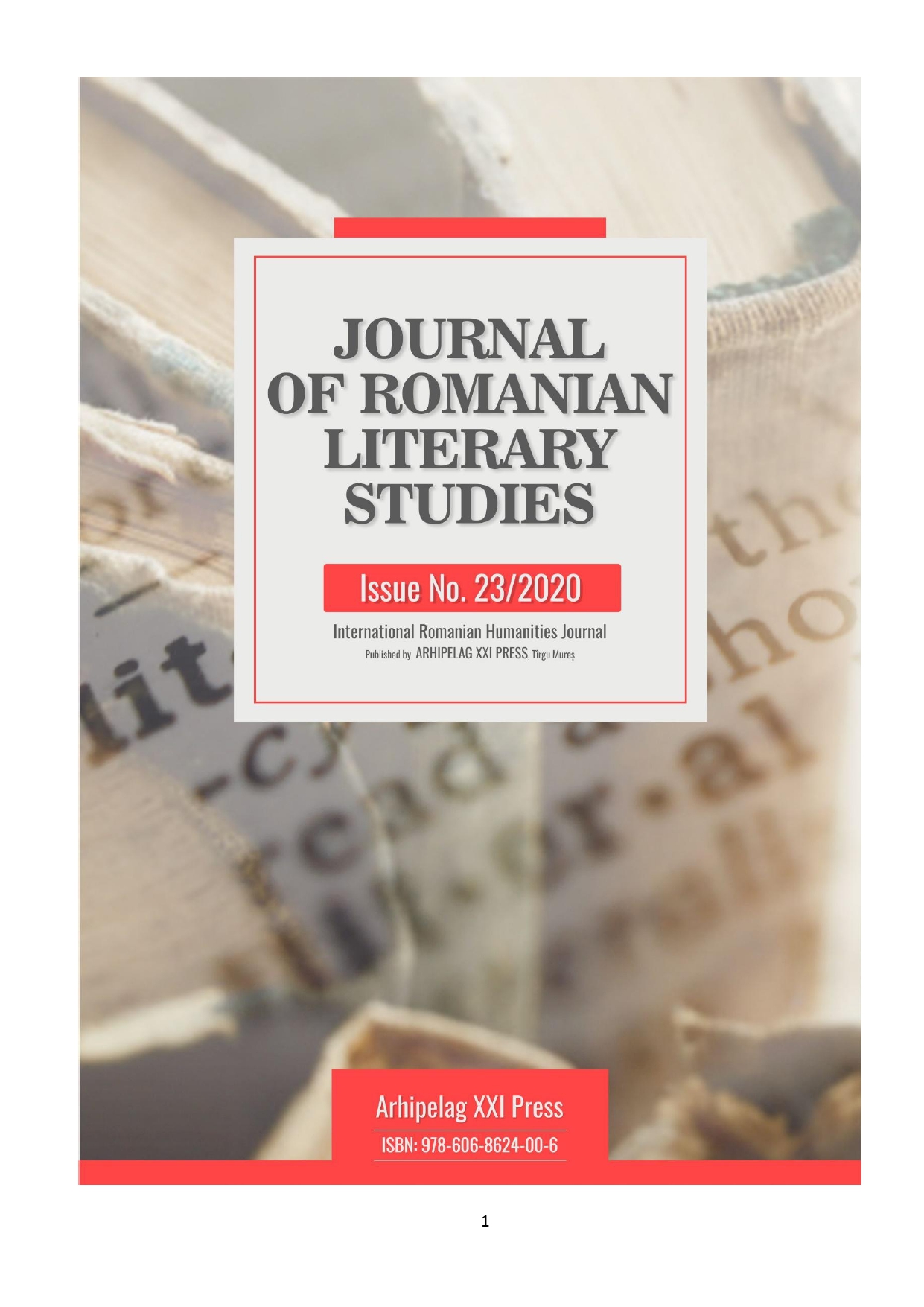ORTHODOX CHURCH AND TRANSYLVANIAN CULTURE BETWEEN 1880-1918
ORTHODOX CHURCH AND TRANSYLVANIAN CULTURE BETWEEN 1880-1918
Author(s): Ionel ChiraSubject(s): Cultural history, History of Church(es), Political history, Social history, 19th Century, Pre-WW I & WW I (1900 -1919), Eastern Orthodoxy, History of Religion
Published by: Editura Arhipelag XXI
Keywords: Church; dualism; hungarianization; culture; Romanian school; politics; cultural societies; Orthodox clergy; church press;
Summary/Abstract: During the 51 years of experience of the dual Austro-Hungarian state (1867-1918), the Transylvanian Romanians, like the other peoples that were part of this state, were subjected to permanent pressures of denationalization. This domination was manifested by a strong influence in the political, social and cultural life of the Romanians, aiming at their hungarianization on all the levels. In this sense, Hungarianization was done in different ways: through state laws, through schools, cultural societies, and in some regions even through the Church. However, thanks to the opposition of the Church and the intellectuals who united their ideals, it was possible to preserve the national being and faith. This opposition determined the leaders of the dualist state to take a series of measures to stop and annihilate it. The persecution of the Hungarian governments against the Romanian movements led to the unification of the two parties in 1881, under the name of the Romanian National Party, when it was decided to compile a memorandum to the Imperial Court of Vienna, containing the fundamental demands of the Romanians.
Journal: Journal of Romanian Literary Studies
- Issue Year: 2020
- Issue No: 23
- Page Range: 263-271
- Page Count: 9
- Language: English

